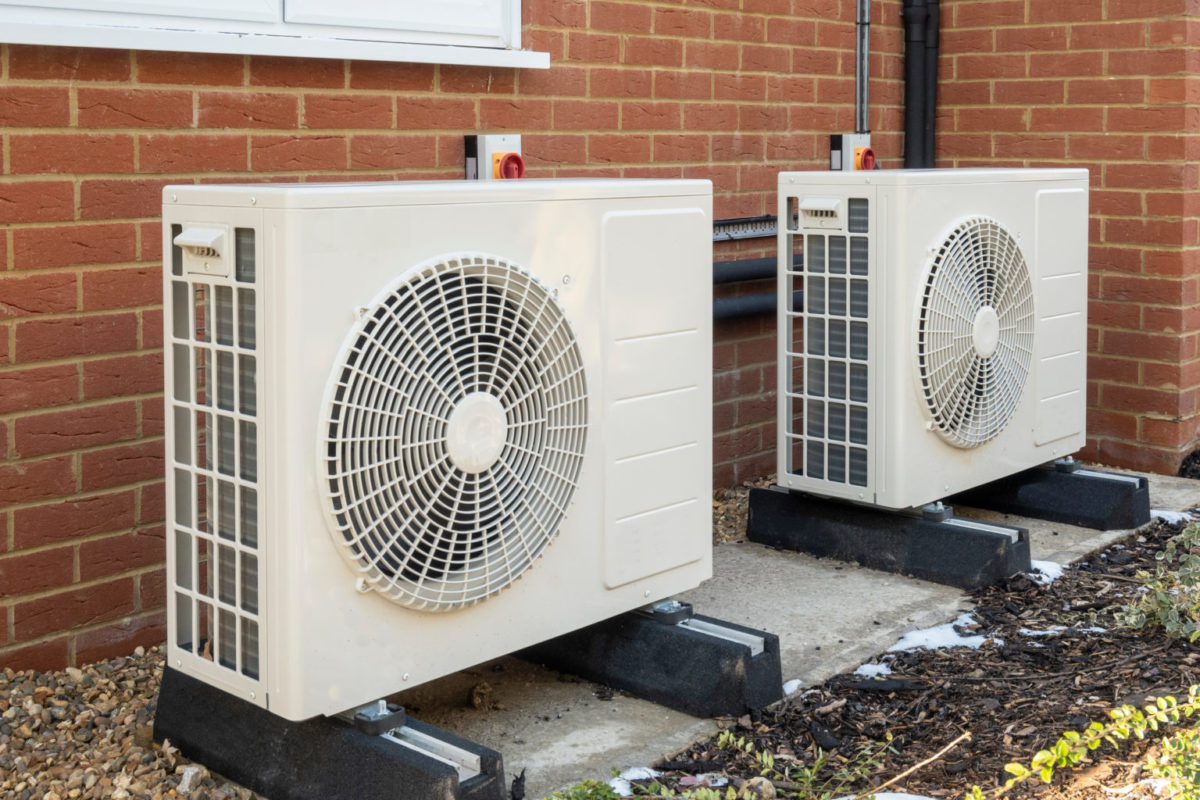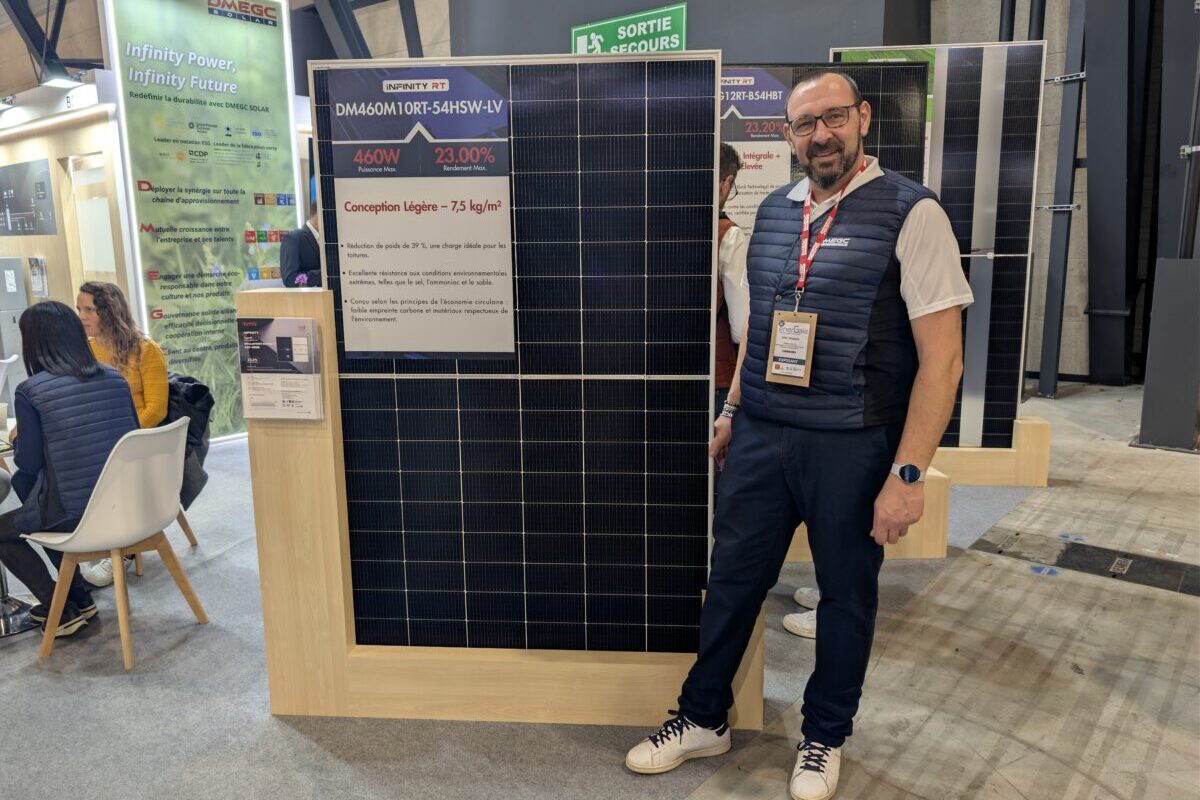The International Energy Agency (IEA) says in a new report that the number of heat pumps installed in buildings throughout the world will rise from 180 million units in 2020 to around 600 million in 2030. Solar and wind power are expected to produce 40% of electricity by 2030, and the rising electrification of space heating and cooling will play a major role in those gains.
High-efficiency electric heat pumps will be the main technology driving reduced emissions from heating in the building sector, according to the agency’s Net Zero Emissions by 2050 (NZE) scenario. New fossil fuel boilers are expected to be fully phased out by 2025.
Nordic European countries and France lead the market share of heat pumps, due to high end-user acceptance and awareness of their more competitive total life-cycle costs. In Sweden, 29% of heating demand from buildings is covered by heat pumps. In Finland, the corresponding figure is 15%.
In regions where heat pumps can meet demand for cooling as well as heating, like the United States and Japan, the technology also accounts for a large share of the heating market. In the United States, about 40% of new single-family homes are heated by heat pumps.
The European Commission’s REPowerEU plan suggests doubling the deployment rate of heat pumps to 10 million units within the next five years, in order to reduce the dependence on Russian natural gas. In the United States, heat pumps have been identified as one of five key technologies in the Defence Production Act (DPA). The IEA recommends that taxes and subsidies should support the deployment of heat pumps, by shifting fees linked to higher saturation of renewable energy sources from electricity prices to fossil fuel prices, for example.
This content is protected by copyright and may not be reused. If you want to cooperate with us and would like to reuse some of our content, please contact: editors@pv-magazine.com.



People all over the world will learn that heat pumps don’t pump much heat if it actually gets cold outside!
Geothermal heatpumps can work, but most of what are being called geothermal are air exchange units.
I switched to dependable wood heat.